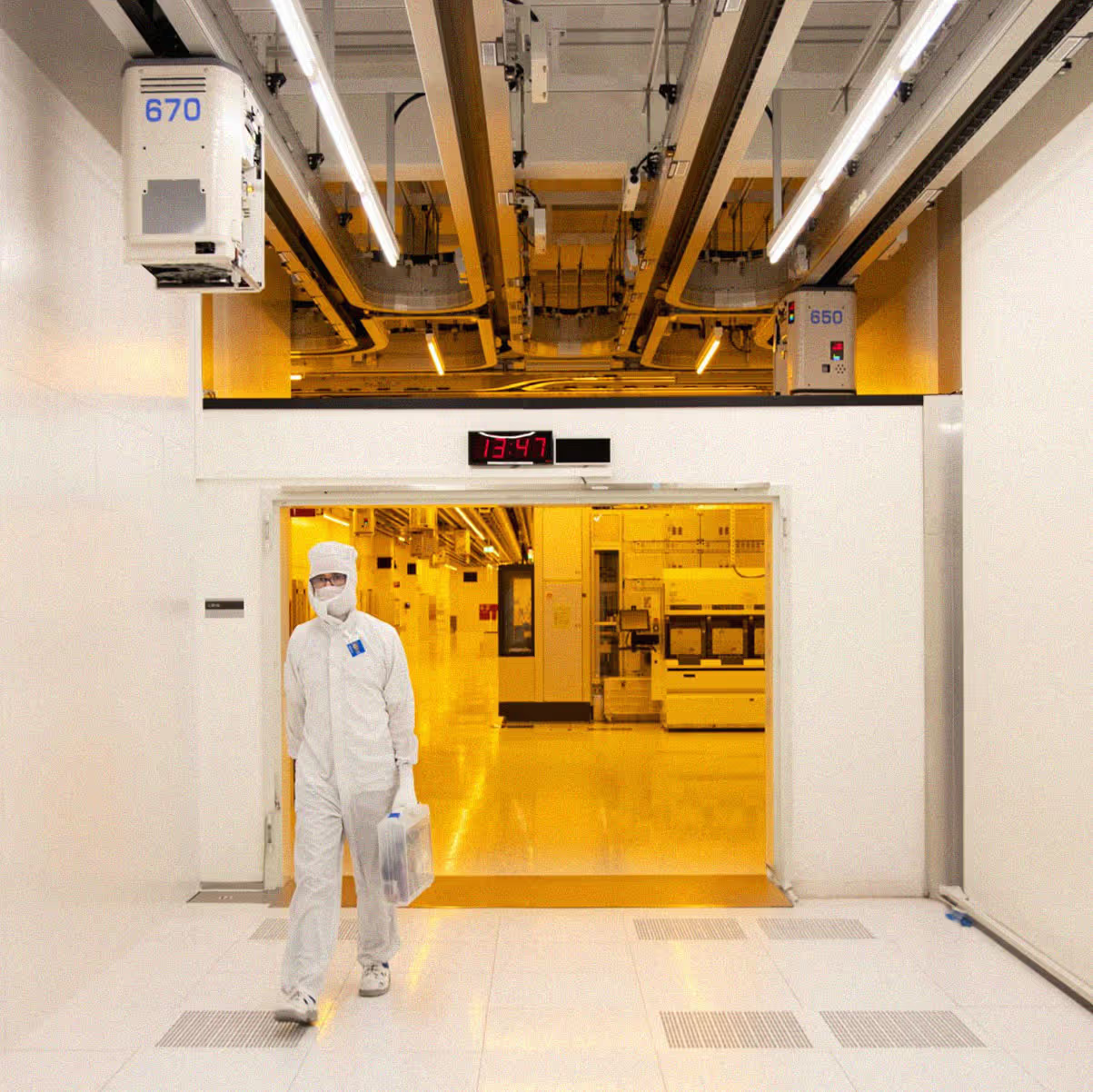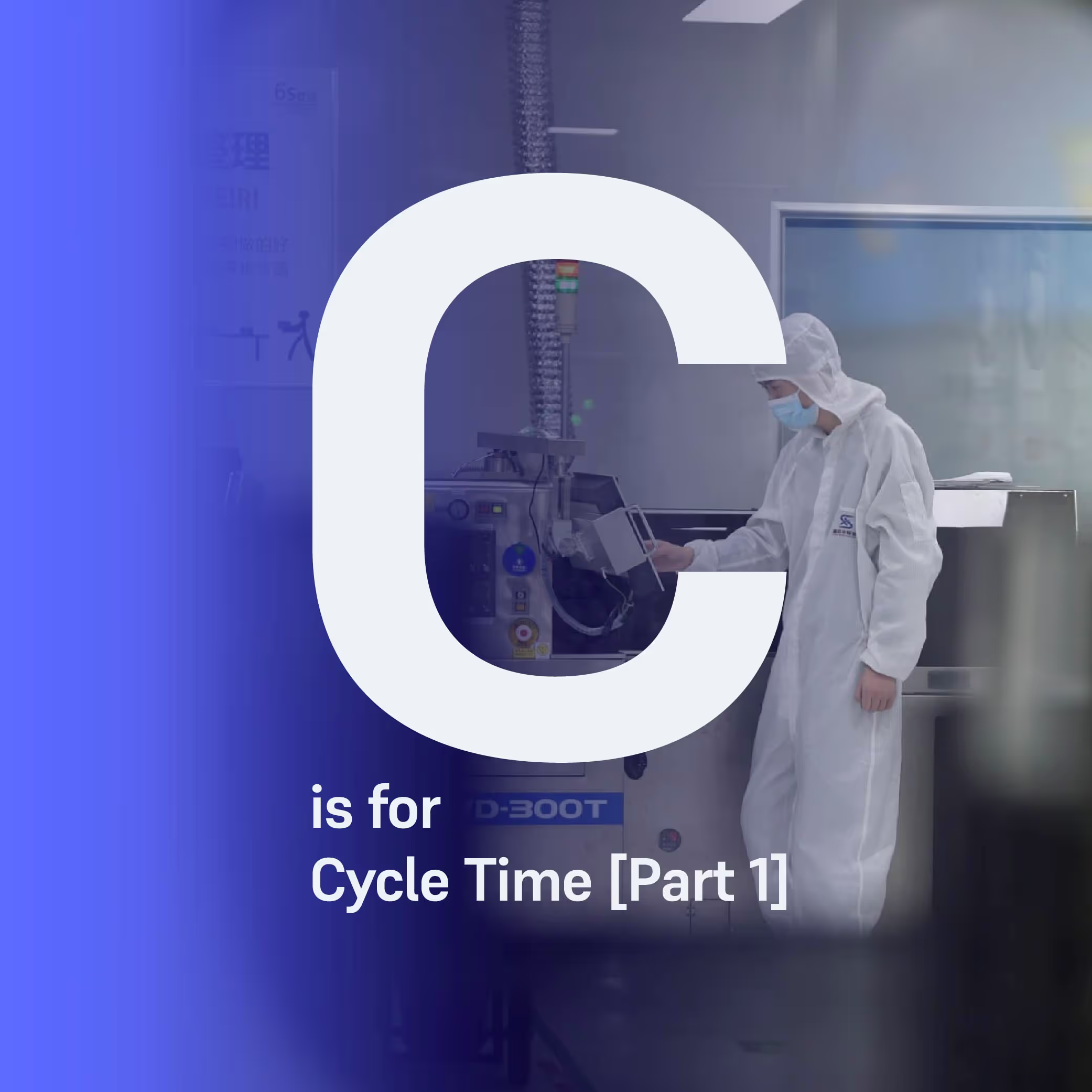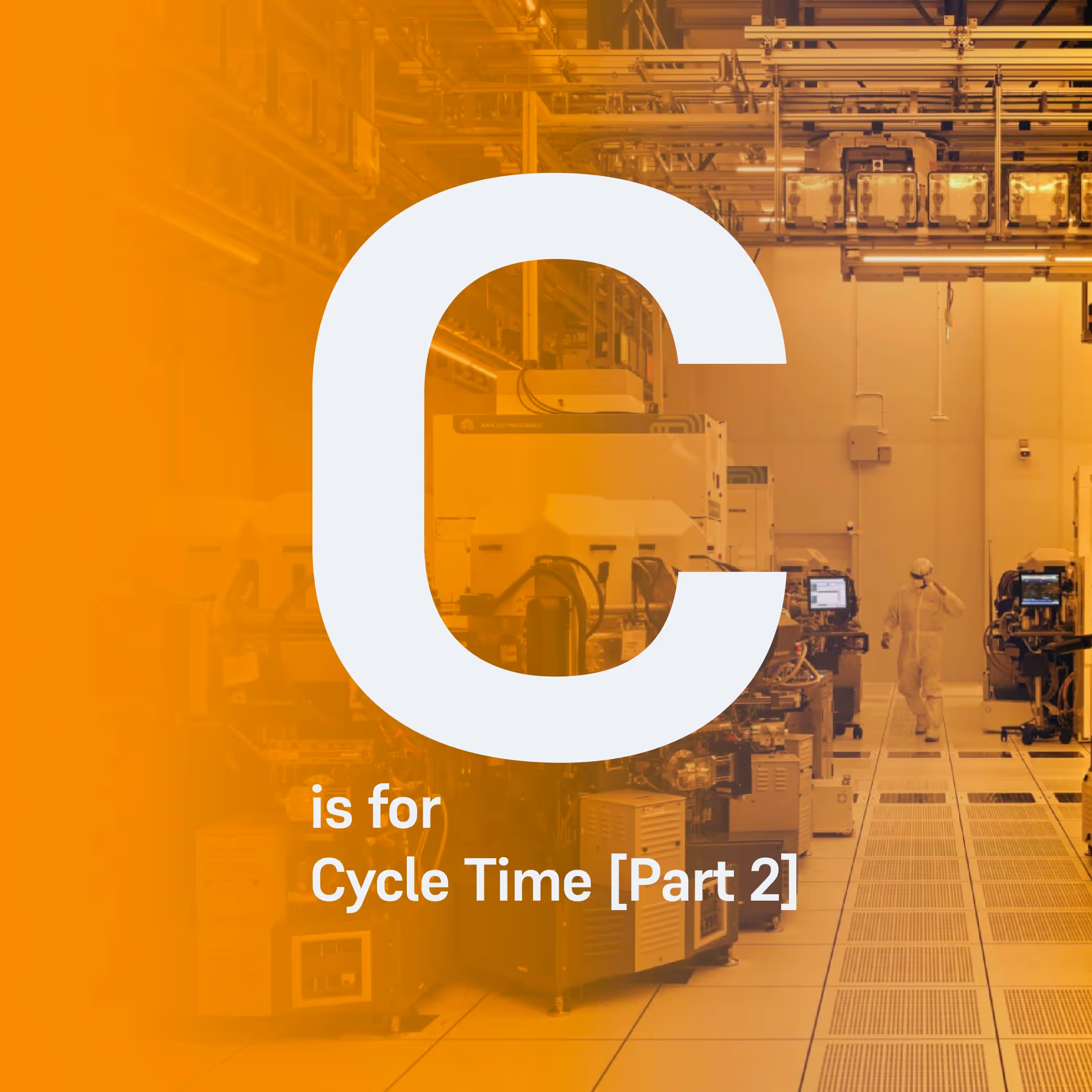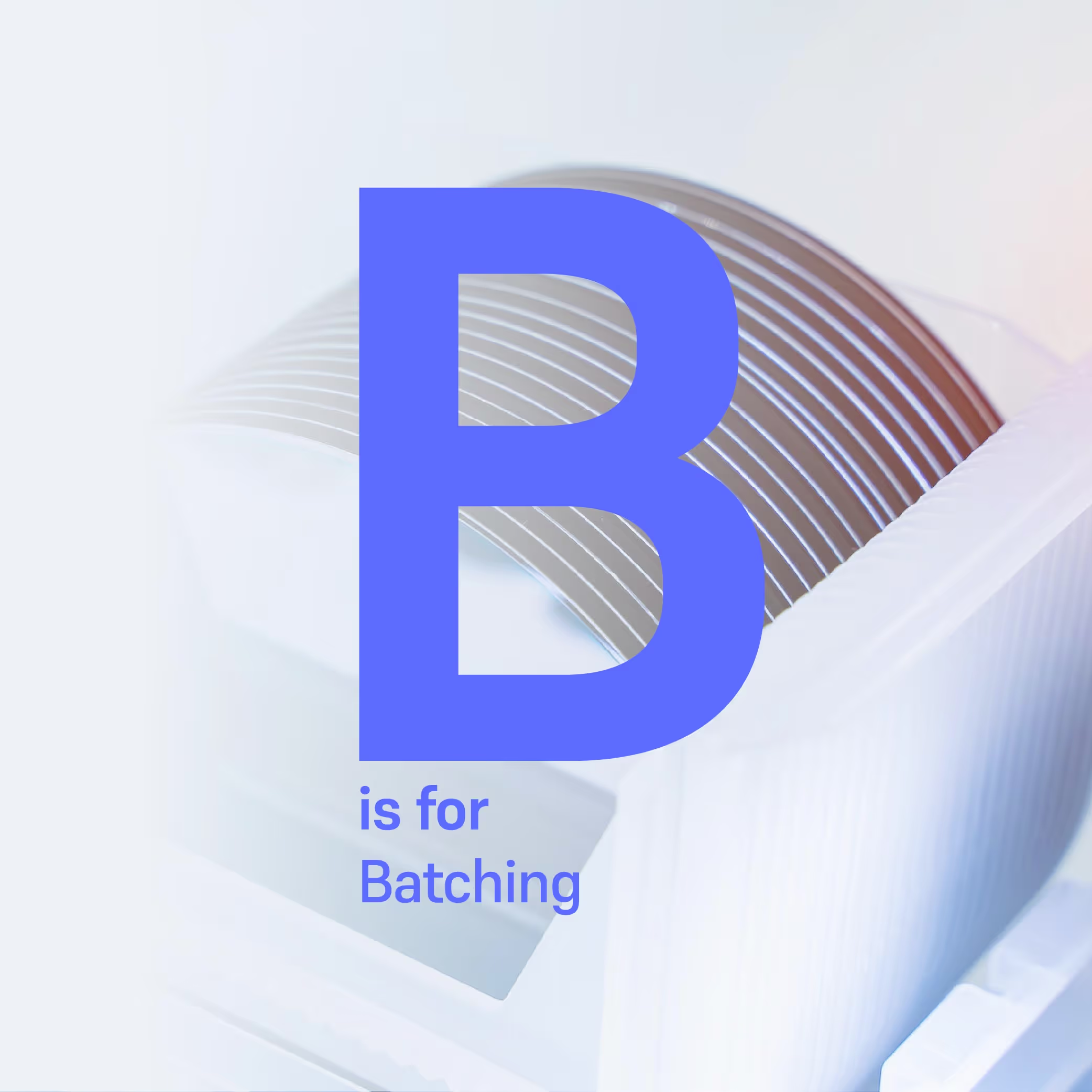Looking Into The Future: How Advanced Optimization Can Manage Timelink Constraints (Part 2)
In our second case study, we consider a more complex problem where a trade-off must be made between the cycle time of high priority lots and violating certain timelinks.

In part one of this article, our case study illustrated how the use of advanced optimization can help balance the line by reducing queue times at bottleneck tools. By employing optimization, we were able to look into the future at the state tools further down the line and prevent problematic congestion.
In our second case study, we consider a more complex problem where a trade-off must be made between the cycle time of high priority lots and violating certain timelinks. The problem from the first case study was adjusted by increasing the priority of two of the lots (outlined in red in Figure 4).
Case Study 2: Balancing Cycle Time and Timelinks
In some cases, a fab may wish to favour the reduction of a high priority lot’s cycle time and violate a lower priority lot’s timelink. For example, violating certain timelinks may result in minor rework, such as re-cleaning, rather than resulting in scrappage. This rework takes time, but it could be a sacrifice a fab is willing to take with different priority lots.
Scenario 1: Optimizing to Meet Cycle Time Objectives (Benchmark)
When purely minimising cycle time without timelinks, the priority lots are brought forward as early as possible. If timelinks were present, then the final two batches of Figure 4 would violate their timelinks.
Scenario 2: Optimizing with Critical Timelinks
In this scenario, timelinks are introduced and are all considered to be critical. We eliminate their violations, but this comes with an 8% increase in cycle time. The priority lots highlighted in light blue in Figure 4 are already within a timelink at the start of the schedule. In order to meet the critical time constraints, the lots get delayed.
Figure 4 shows the difference between Scenarios 1 and 2.
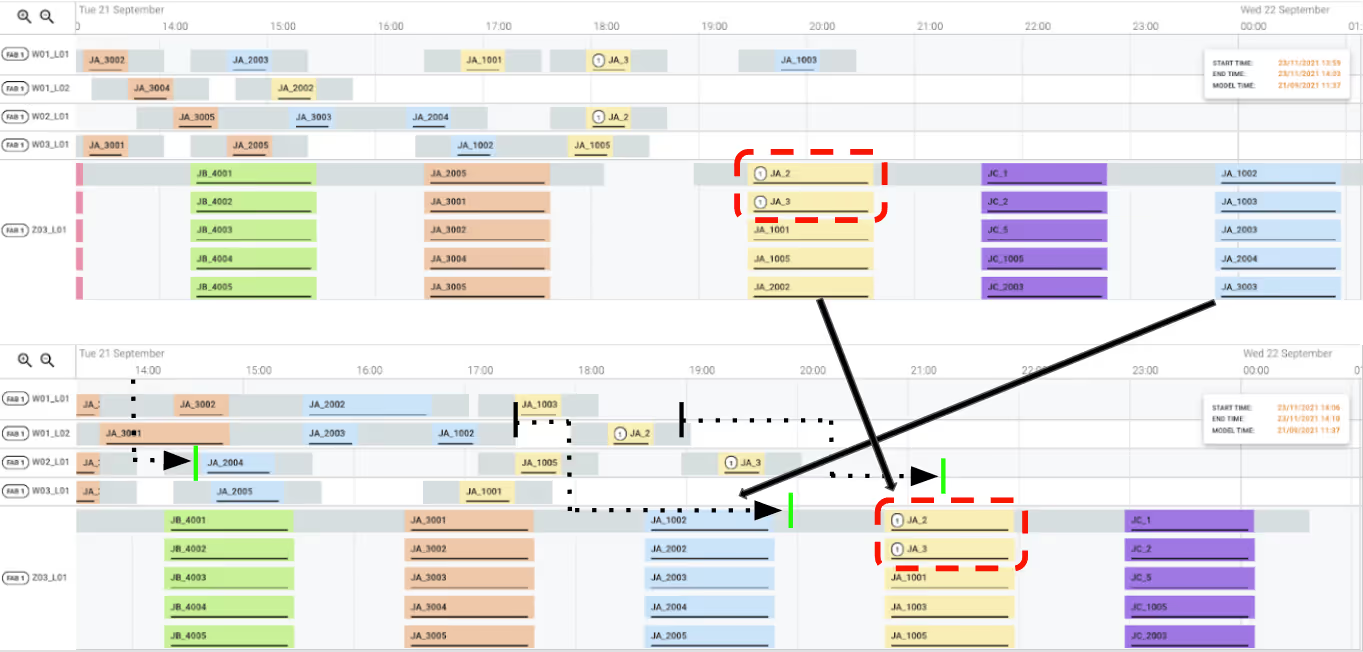
Scenario 3: Considering Timelink Criticality and Cycle Time of High Priority Wafers
In this scenario, cycle time is a vital KPI for high priority wafers. Additionally, we consider two different levels of timelink criticality; critical (should not be violated) and non-critical (can be violated if necessary). Only the timelinks feeding the final step at the furnace tool are considered critical. The critical timelink violations are eliminated first, before optimizing non-critical timelinks and cycle time simultaneously. We configure the optimizer objective so that an hour of non-critical violations would be equivalent to an hour of cycle time for the lower priority lots.
Figure 5 shows the calculated schedule when these parameters are considered; all the critical timelinks between steps 5 and 6 are satisfied, however some non-critical timelinks are broken to reduce the cycle time of the high priority lots.

Figure 6 visualises the trade-offs between timelink violations and cycle time for the three scenarios discussed. It demonstrates a benefit of advanced optimization, where different schedules can be optimized depending on the goals of the fab – whether it's purely for cycle time or adhering to timelinks.
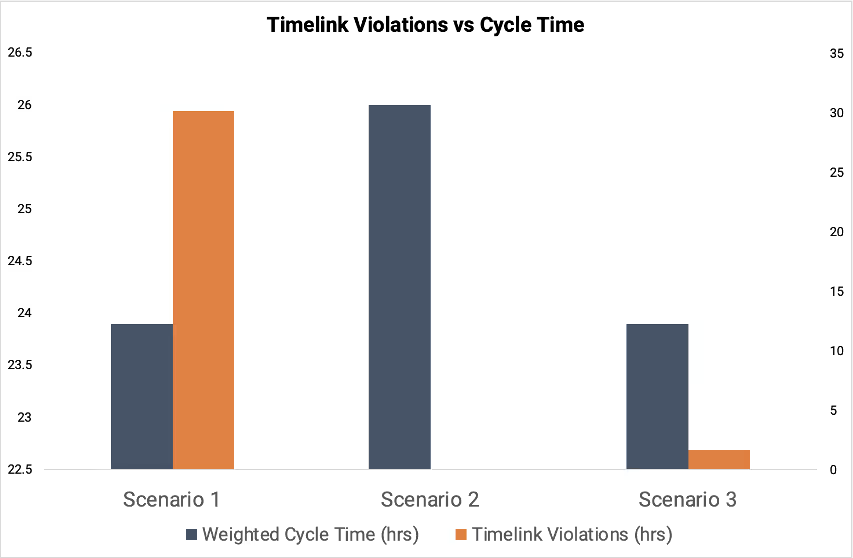
Conclusion
Handling timelinks is crucial to managing the cost of running a fab, however it presents challenges. Our case studies demonstrate how Flexciton’s advanced scheduler can be used to plan several steps into the future when there are timelinks on bottleneck tools. Doing so helps spread WIP more evenly across tools and helps manage dynamic bottlenecks. By configuring priorities and the impact of missing timelinks, it can also flexibly trade-off violations of differing importance against each other and with other KPIs such as cycle time. This can be achieved without the need to rely on highly bespoke heuristics that are difficult to configure, require frequent maintenance and don’t necessarily guarantee the desired outcome.
More resources
Stay up to date with our latest publications.





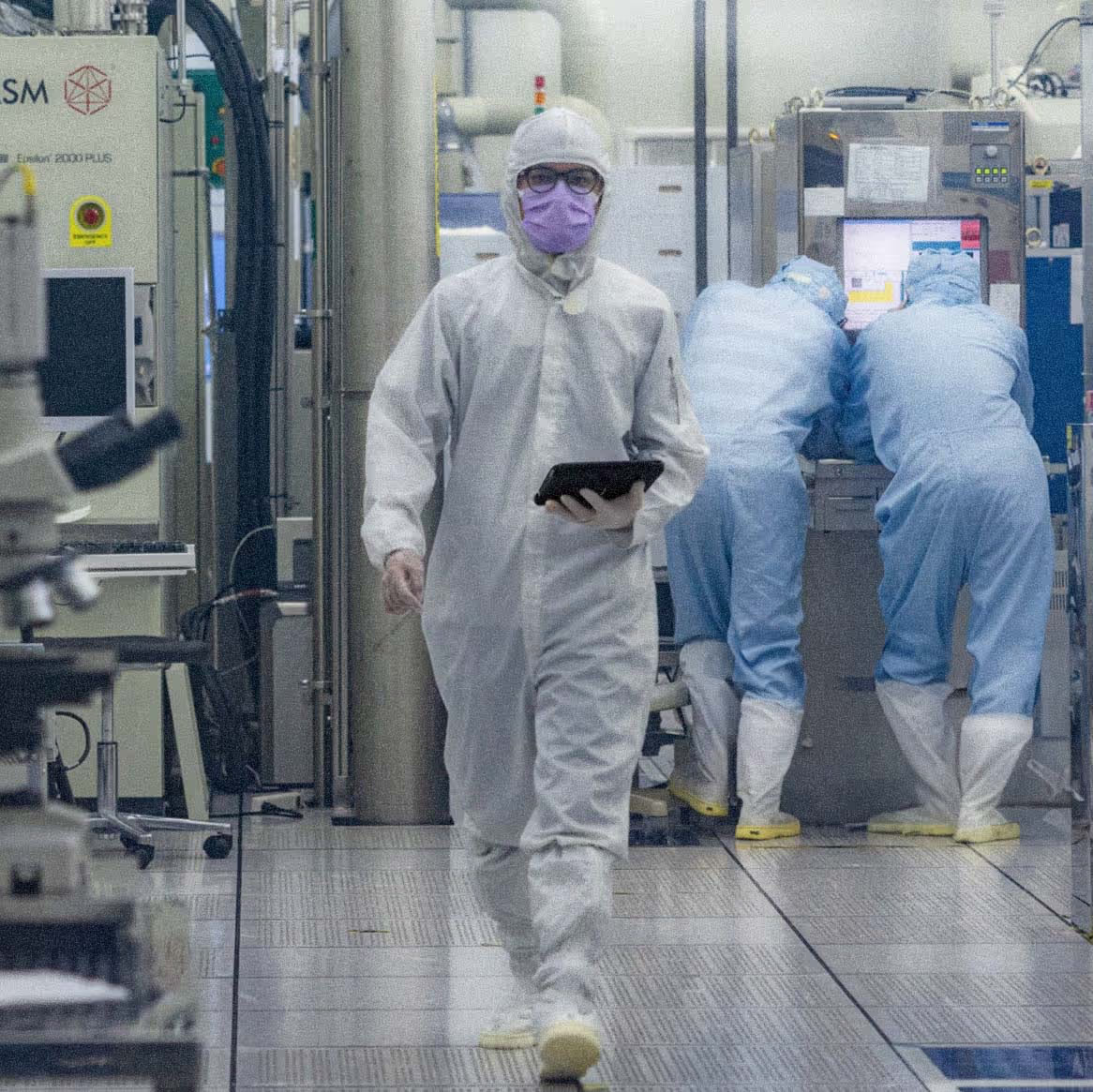

.avif)
.avif)






















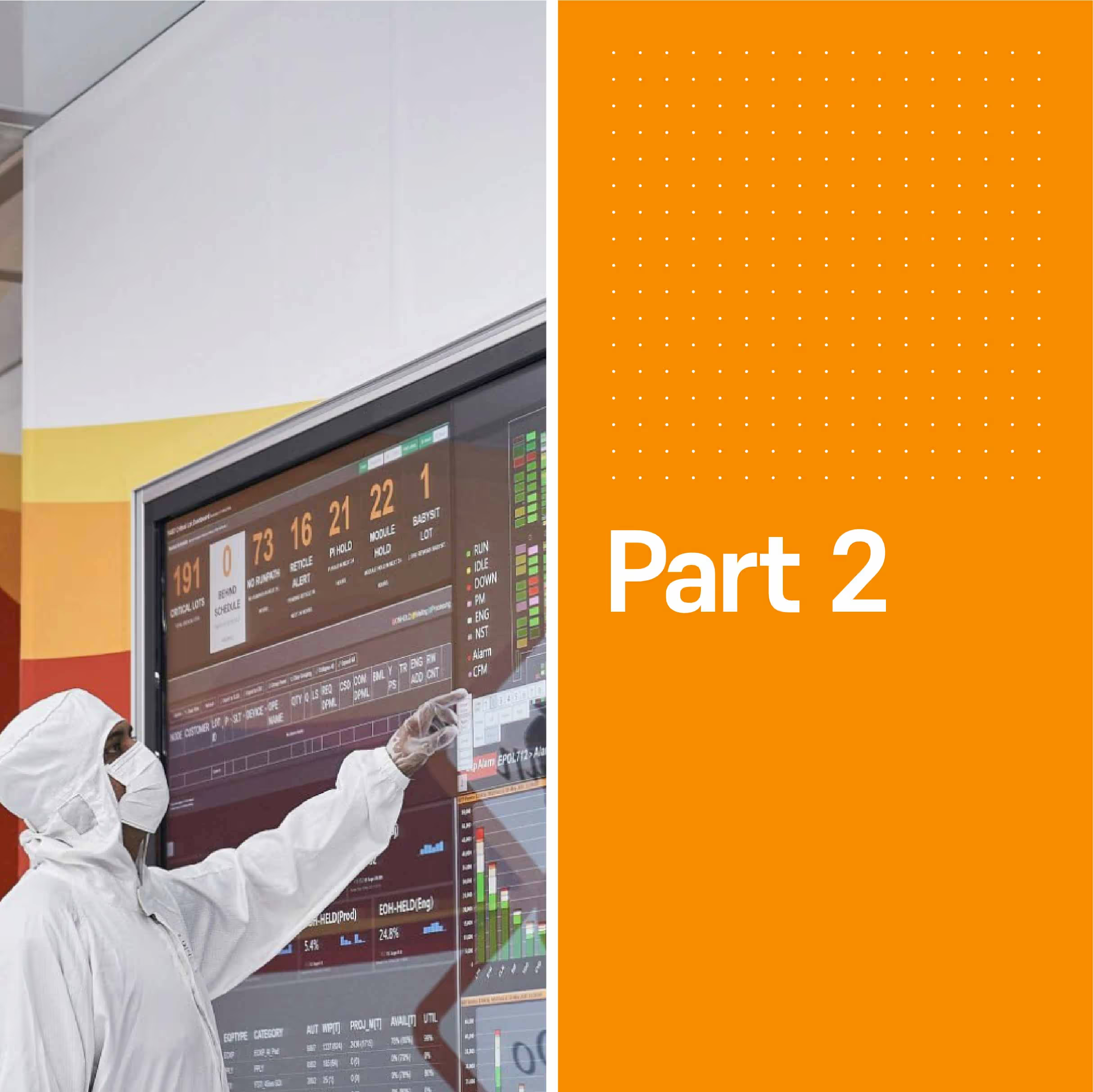






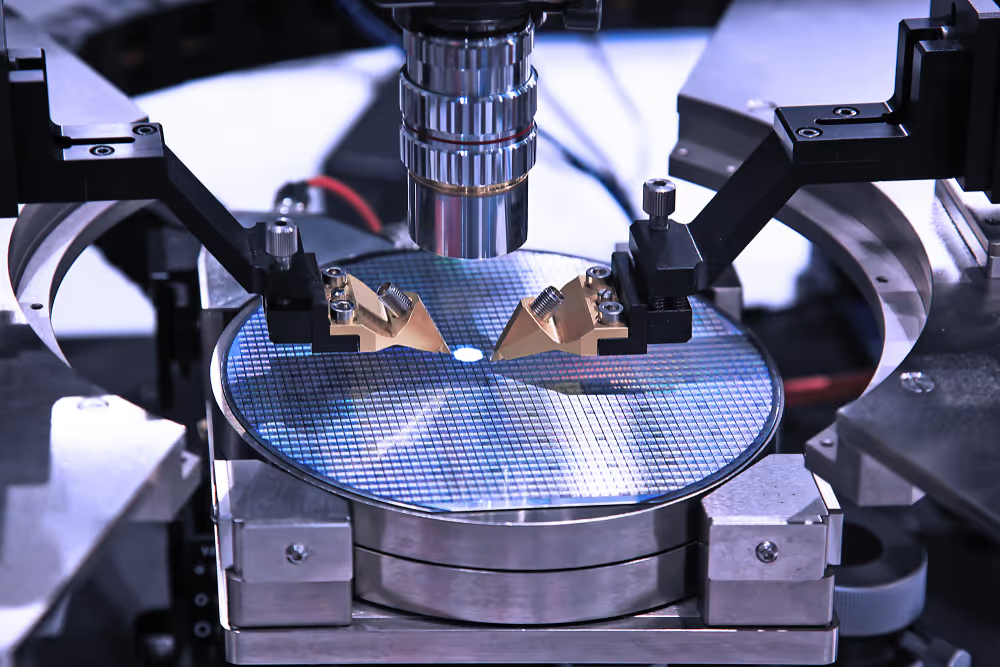


.avif)






